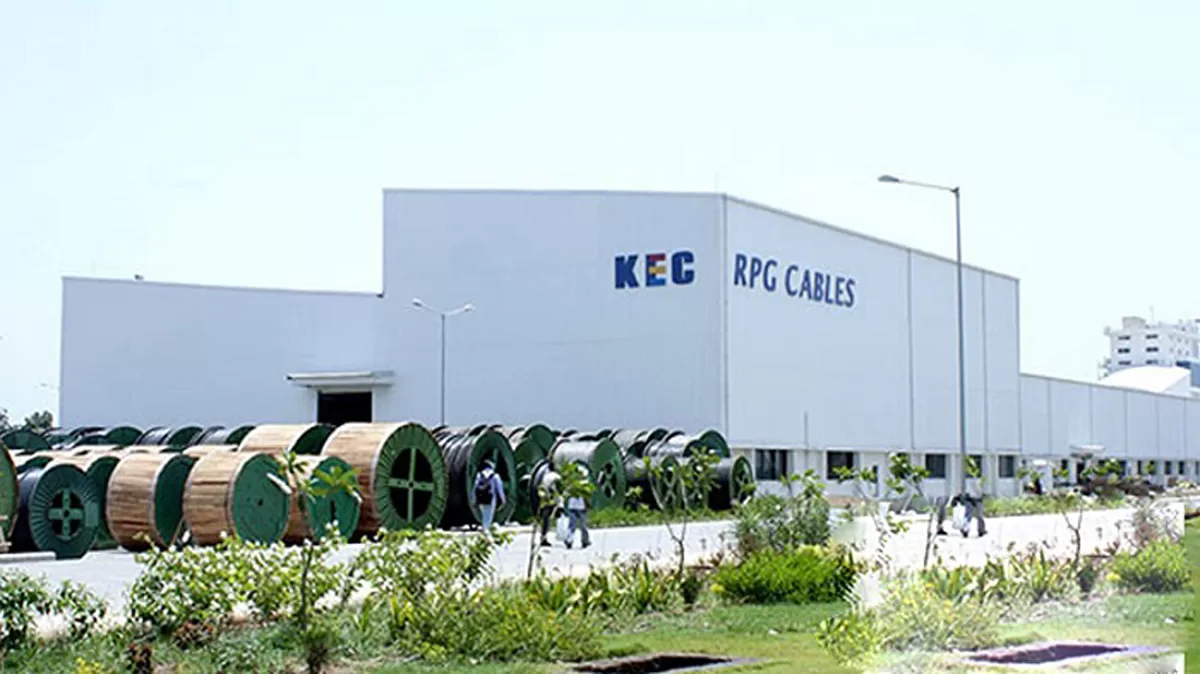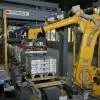All scheduled commercial banks (SCBs) operating in India have cumulatively written off loans of
Rs.2.03 trillion in FY21. As expected, public-sector banks (PSBs) lead the pack and have written off bad loans worth Rs.1.32 trillion during FY21 as
per an official statement in the
Rajya Sabha. As a result of the
Union Government's strategy of recognition, resolution, recapitalisation and reforms, the non-performing assets (NPAs) have since declined to Rs.5.6 trillion as of
31 December 2021 and as per data reported by RBI, PSBs have effected a total recovery of Rs.3.13 trillion.
Among the list of wilful defaulters and such others lie buried the excesses of aggressive bidding for BOT projects. Companies like
Punj Lloyd, Gammon, IVRCL,
Maytas Infra, IL&FS Engineering and Sadbhav Infra have all suffered and turned insolvent after struggling with the debt restructuring process. This is a colossal waste of national resources. No doubt these are decisions of private entrepreneurs and the Government is not responsible for their business decisions but in the end, banks that lose money over their inability to repay capital are being funded by taxpayer money – and that’s where the rub is. Not only do taxpayers suffer the consequences of banks’ huge NPAs, which are then replenished by Union Budgets which balance deficits by raising taxes, but employees lose their jobs, workers lose their source of livelihood and the capacity of the company to fulfil projects is sucked out of the system. Why should companies be allowed to bid below a certain threshold level of cost? If a threshold level of cost is set as the minimum bid, a quality-based bidding system (QCBS), which has been introduced with specific guidelines on 29 October 2021, will become the norm.
The total outstanding debt of
the National Highways Authority of India (NHAI) till March 2022 was Rs.3.48 lakh crore, as per the statement of the road transport ministry to the Rajya Sabha. Government data showed that there has been a nearly 15-fold increase in the debt in the past eight years as the pace of construction of highways and expressways annually has also increased by three times during this period. In this rise, embedded is the cost inflation that has emerged owing to the Land Acquisition Law, which mandated that land had to be acquired from rural farmers at four times the market value and from urban landowners at twice the market value. This itself has set about increasing the cost of road development abnormally.
In China, all land including agricultural, is owned by the state.
So in rural China, the village council gives farmers a 30-year land contract under the 1979 household responsibility system. The Chinese farmer is not given the right to use the land for a different purpose other than for tilling. If and when the state plans a different use for the land, such as building a road or a factory, it has to pay the farmer the average price of 20 years’ worth of produce from that land. The state has also to pay half as much again as resettlement subsidy. The compensation is based upon the land’s agricultural produce, not its location.
In India, all land is privately owned and as cities expand beyond their perimeter, rural areas are witnessing the temptation of abandoning farming as the purpose of the use of land as the new generation is seeking a better quality of life. Instead of paying four times the market price of land, a formula to give them an annuity-based income plus a lumpsum plus alternate land to carry out their traditional occupation is a more desirable financial and social plan. If the land acquisition policy can be revised to alter the mandated compensation, not only will the road construction budgets become sustainable but the black money generated as an outcome of these transactions would be curbed. If road construction can be made more sustainable, roads can be built and executed with a continuous upward gradient in terms of length of construction per day without the sword of debt hanging on the head of NHAI. If we can protect construction companies from indulging in hara-kiri in the quest to bag an impressive order book and if we can save NHAI from hitting a self-goal, then we are set for sustainable growth in infrastructure development.
Construction companies are suffering from a very low valuation despite impressive topline growth. Dilip Buildcon has reported an operating revenue of Rs.9,006 crore but is valued at a market capitalisation of only Rs.3,300 crore while GR Infraprojects has a market capitalisation of
`12,000 crore against a revenue of Rs.7,919 crore. KNR Construction at a turnover of Rs.3,272 crore is valued at Rs.6,517 crore while PNC Infratech at a revenue of Rs.6,305 crore is valued at `6,908 crore. The range is from
0.3 times revenue to over 2.6 times as in the case of L&T. The ESG quotient is already reflected in the price earnings multiple along with the company’s performance in terms of growth. As the company resists bagging orders at very low margin, protects its average margin and yet delivers growth, its valuation improves. This is one industry where even though the contractors work for a sterling client, namely the Government, which should be considered as close to a sovereign guarantee, the track record of delays in payment, arbitration and disputes has marred their rating and the associated risk is considered high. Even international contractors have shunned this market both for a questionable mechanism of settlement of contractors’ bills and disputes and for the economic size of contracts. As a result, the recent drive to recruit new contractors for smaller packages is going to squeeze out a slew of defaulters as the pressure of completion of projects looms nearer.
The pandemic is behind us and recoveries are inching close to pre-pandemic days when we were quite close to a slowdown too. Let’s not forget that we slipped into the pandemic while our economy was already skidding. Since demonetisation in 2016, the annual growth rates in 2016-17, 2017-18, 2018-19, 2019-20 and 2020-21 were 8.26, 6.80, 6.53, 4.04 and -7.25 per cent. Similarly, the quarterly growth rates since the fourth quarter of 2017-18 were 8.93; 7.56, 6.49, 6.33, 5.84 (2018-19); and 5.39, 4.61, 3.28, 3.01 (2019-20). Yes, it was 3.28 per cent during the third quarter of 2019-20 and 3.01 per cent during the last quarter of 2019-20. We were in a sequentially declining trend. Now we are comparing figures with a dramatic collapse of negative growth and that gives us the feeling that we are doing well. Though we are doing well compared to many others, our economy needs much nurturing.
Amid these challenging circumstances, companies are striving hard to grow and deliver despite everything and that makes them even worthier of the accolades they have received. The 20th Construction World Global Awards recognise companies and personalities as under:
Top Challengers
Most Admired Brands
Fastest Growing Construction Companies
Construction World Persons of the Year (Public & Private Sector)
Construction World Engineer of the YearENR list of top international contractors & design firms
The second half of financial year 2022-23 will show the Government’s ability and will to step up development despite the distractions of state elections. A lower oil price, better export performance, FDI surging to $100 billion from last year’s $84-plus billion, and easing up of inflation and, consequently, interest rates would help restore the path to high growth.


















